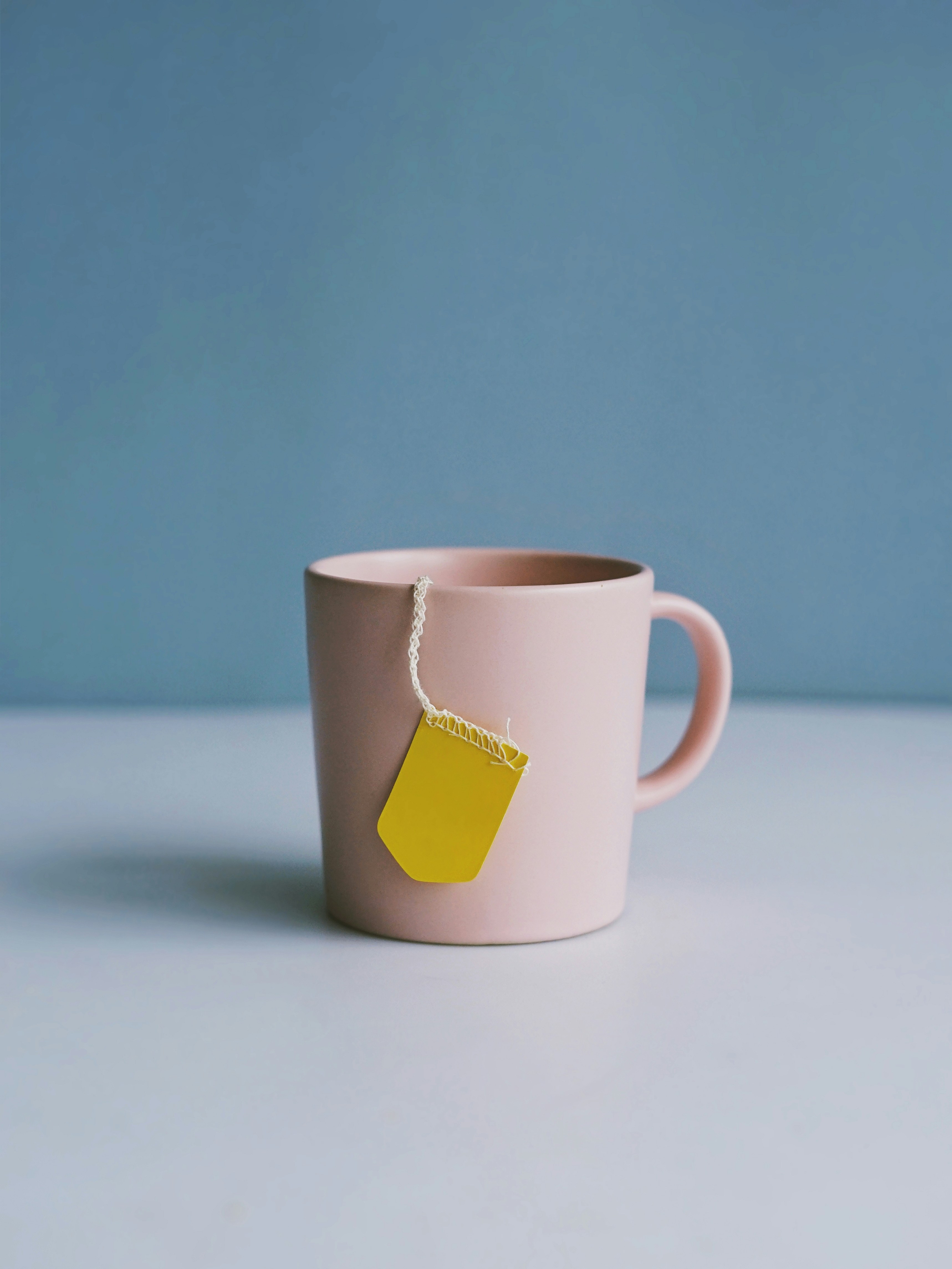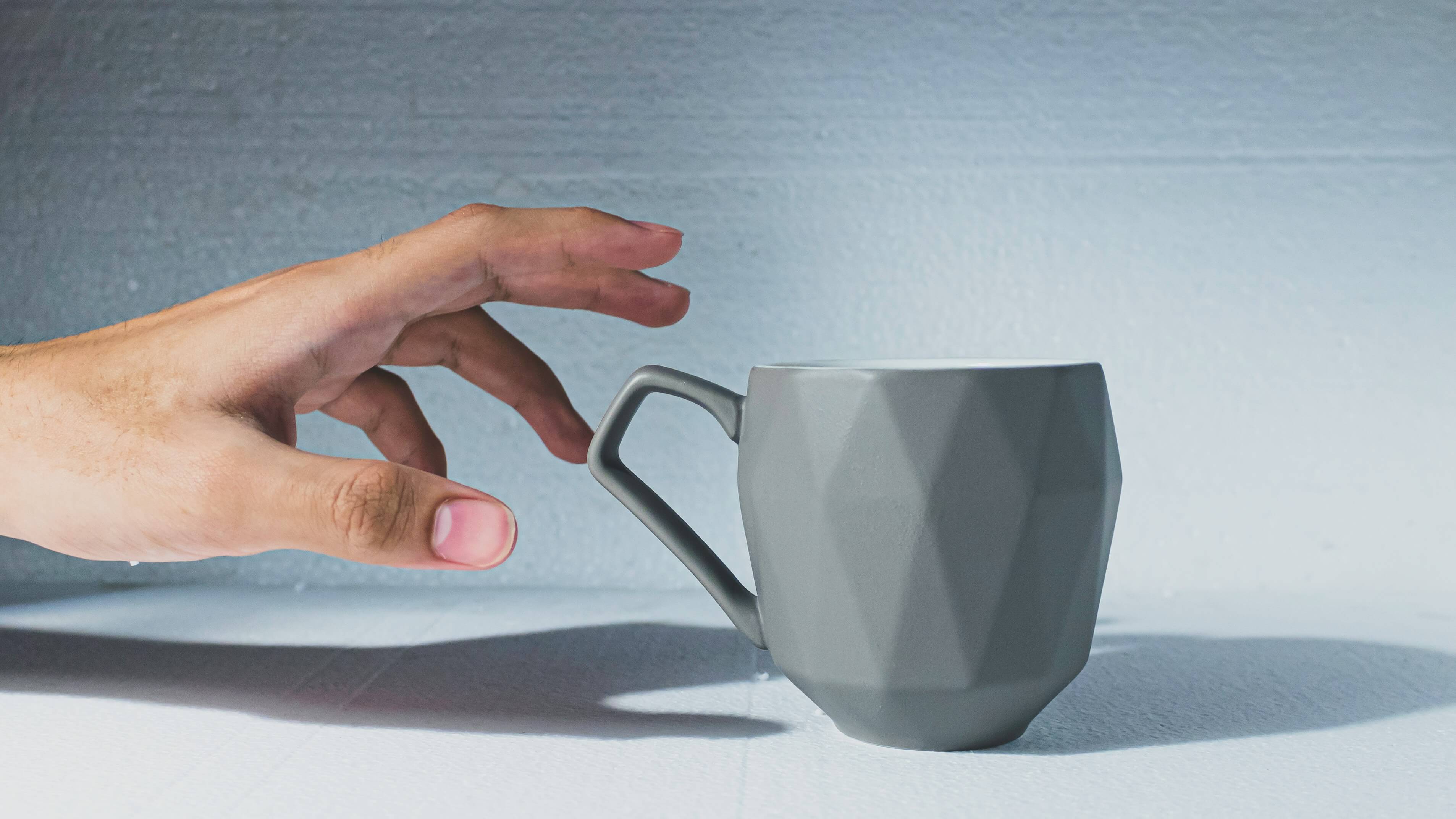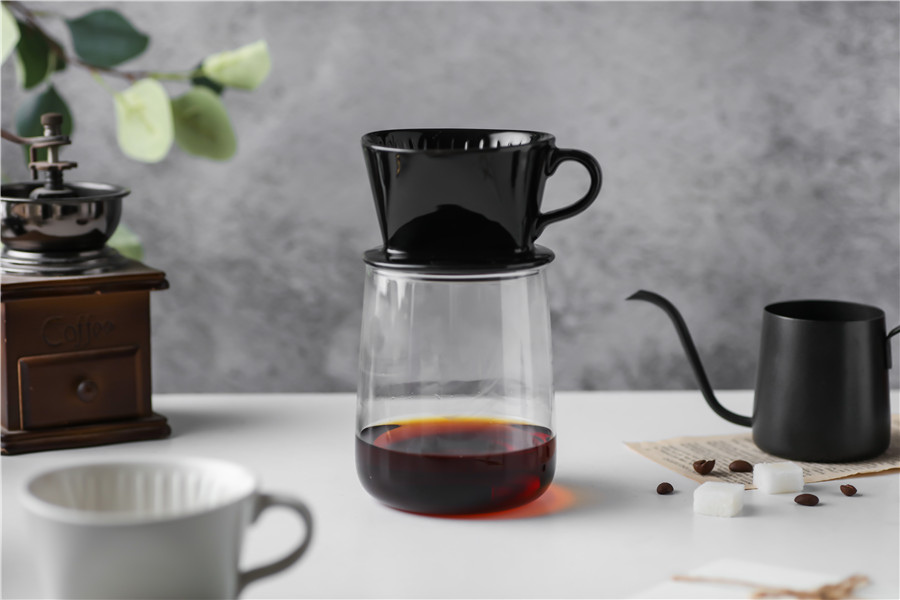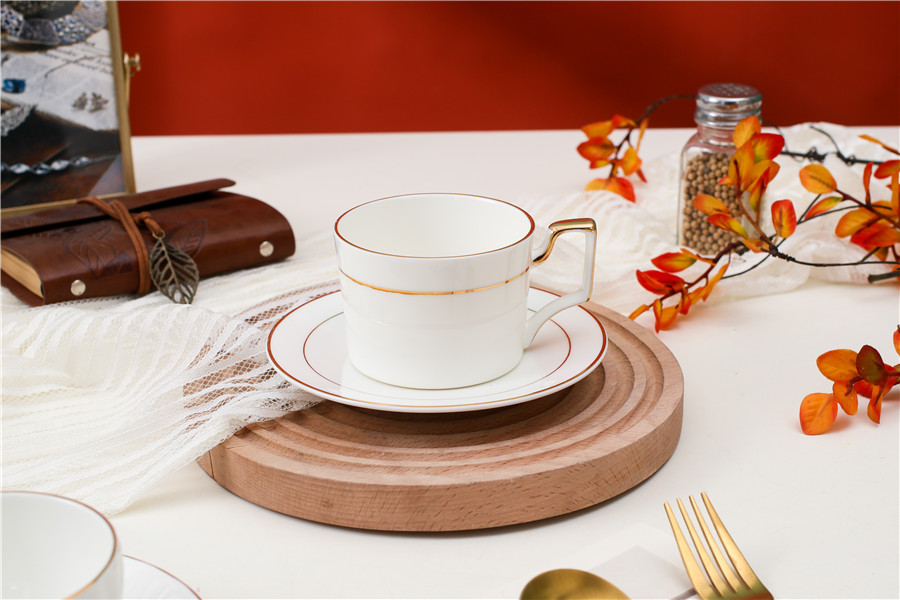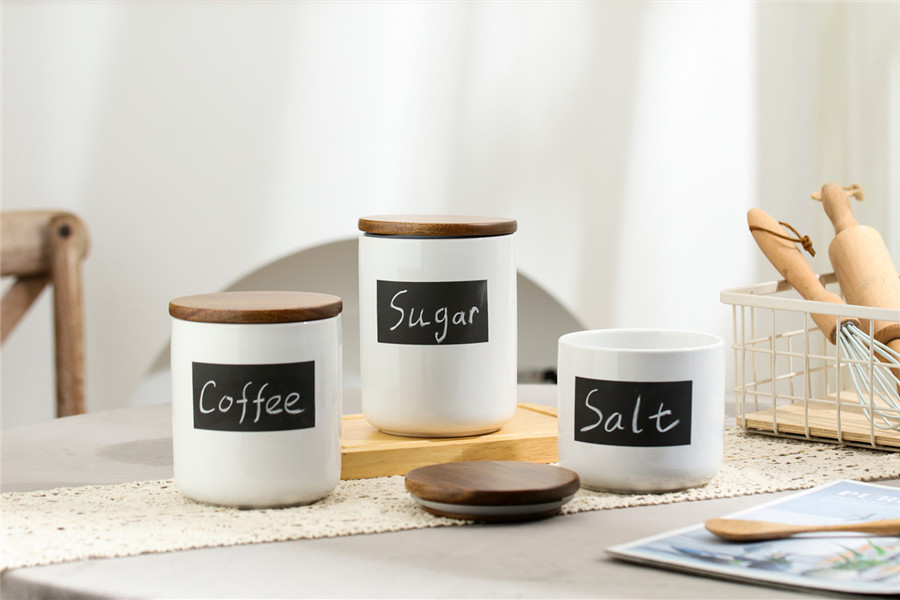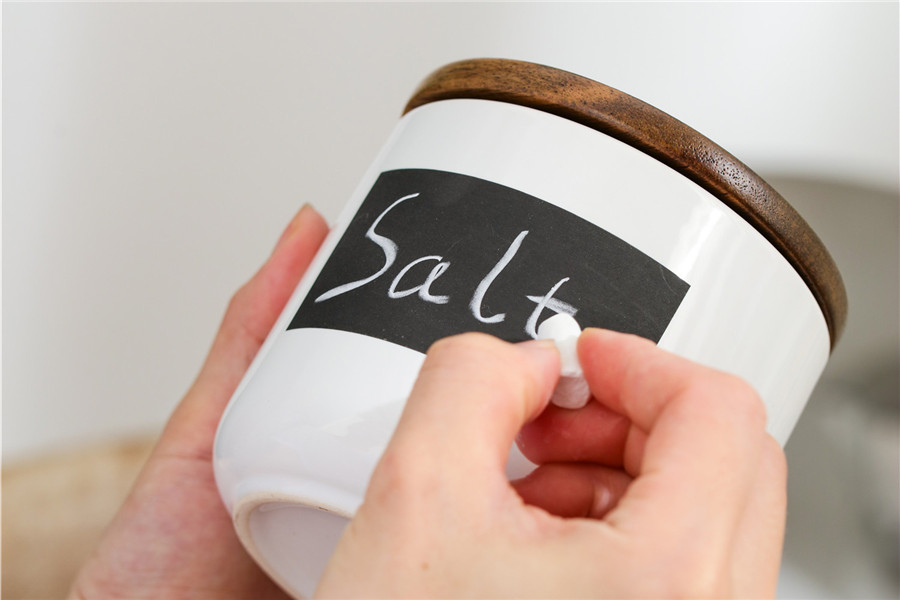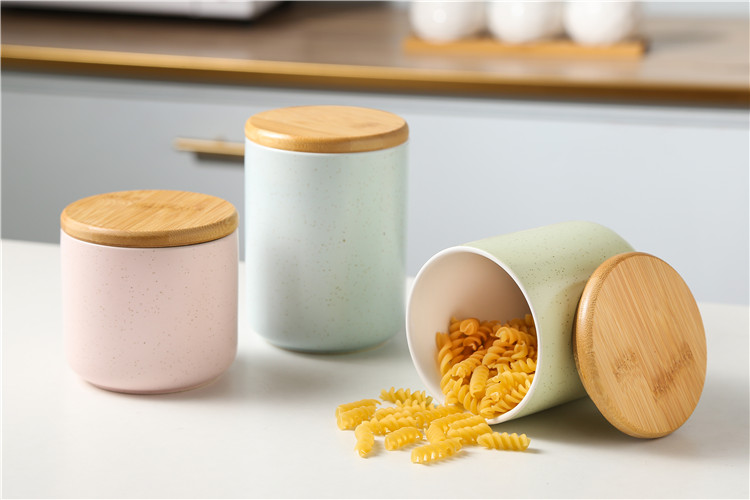Porcelain Making Process
Deep cultivation of ceramic household field
Mastering various technological processes makes us a leader in the field
The porcelain making process usually includes the following steps:
3D model design and production:
First carry out product design, and then make a model, which will increase by 14% due to shrinkage after the firing process. A plaster mold (master mold) is then made for the model.
Making the Mold:
If the first casting of the master mold meets the requirements, the operating mold is made.
Pour into the plaster mold:
Pour the liquid ceramic slurry into the plaster mold. The gypsum absorbs some of the moisture in the slurry, forming the wall or "embryo" of the product. The wall thickness of the product is directly proportional to the time the material is in the mold. After reaching the desired body thickness, the slurry is poured out. Gypsum (calcium sulfate) gives the product limestone and helps it solidify to a state where it can be removed from the mold.
Drying and Trimming:
The finished product is dried and seams and imperfections trimmed. Firing and glazing: The product is fired at a temperature of 950°C. The fired product is then glazed and fired again in a furnace at 1380°C, usually in a reducing environment.
Decoration:
Decoration of white products uses overglaze decorative pigments, pigments containing precious metals such as gold or platinum, and decorative salts (metal chlorides). Decorate in the traditional way and place in the oven again, this time at 800°C.
Inspection and Shipping:
Products are carefully inspected after cooling and packed in special protective boxes before shipment. These are the general steps for making porcelain products.







